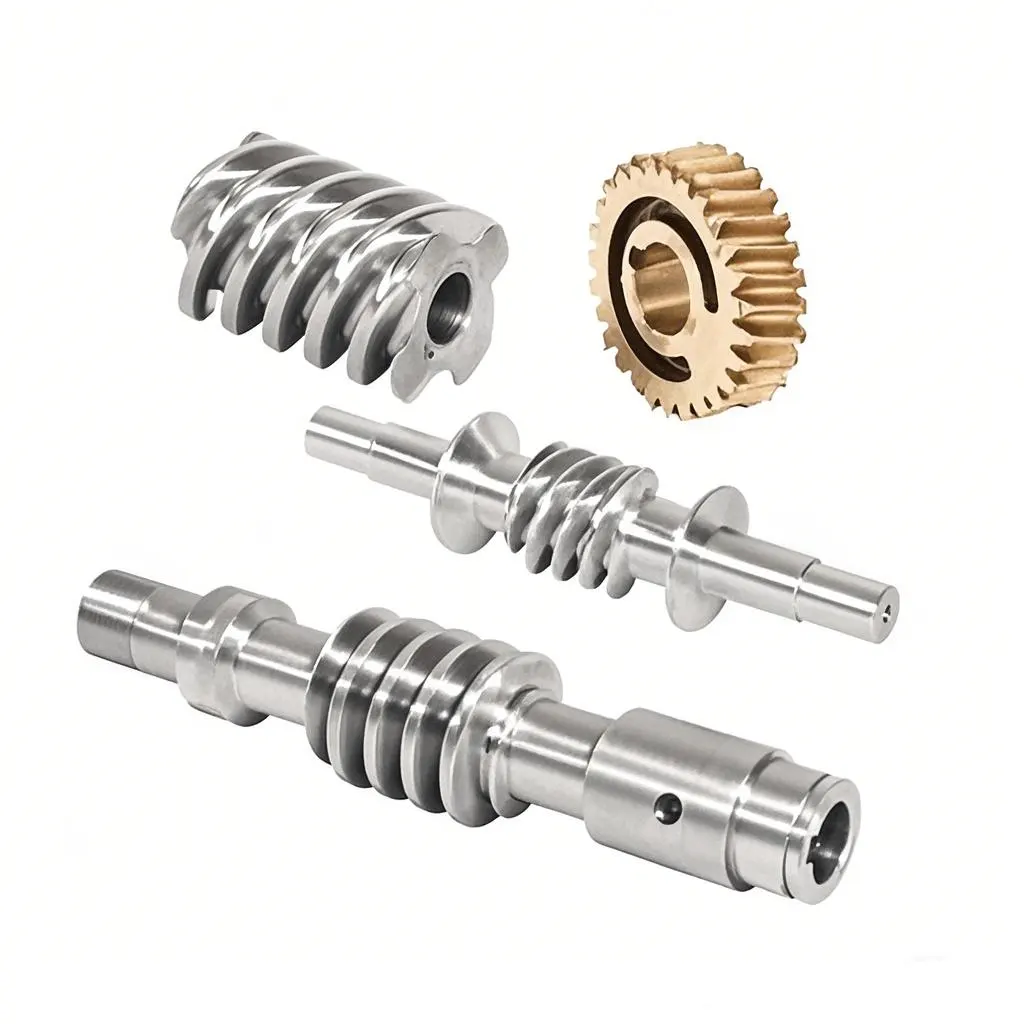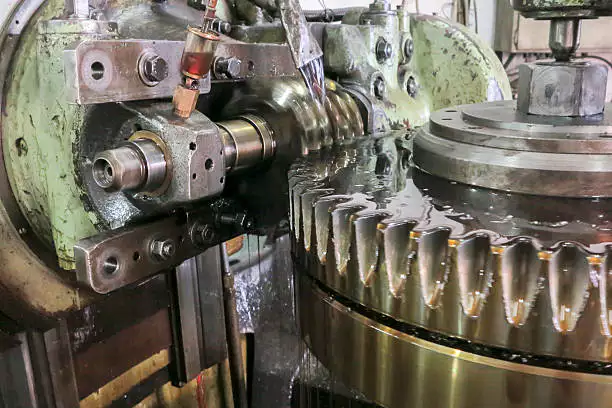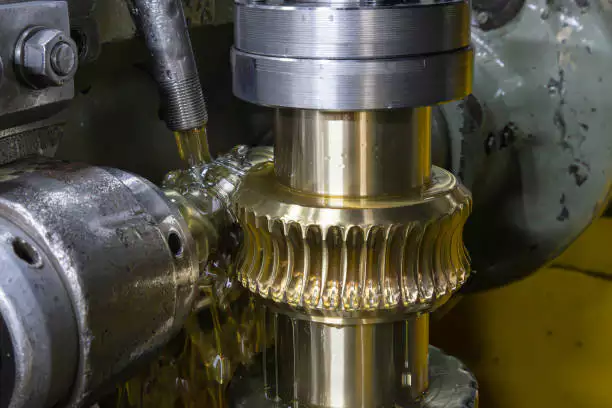The worm shaft plays a vital role in worm gear transmission systems, finding extensive use across industries like machinery, motors, and heavy equipment. Its performance hinges on precision, durability, and wear resistance, making the manufacturing process critical to its success.
1. Choosing the Right Material
Worm shafts endure significant torque and contact stress, demanding materials with robust mechanical properties. Commonly used materials include:
- Alloy structural steels (e.g., 42CrMo, 20CrMnTi)
- Carbon steel (e.g., 45 steel)
- Stainless steel (for specialized environments)
When selecting a material, manufacturers must balance strength, toughness, heat treatment suitability, and cost. High-quality materials lay the groundwork for producing reliable, high-performance worm shafts.

2.Forging and Initial Processing
a.Forging process
Die forging or free forging is usually adopted, with the aim of enhancing the material’s density and improving its microstructure and properties. The forging process needs to control the temperature and forming speed to avoid defects such as cracks and skewness.
b.Primary machining (Rough machining)
The initial processing mainly includes turning, milling and other procedures. The purpose is to remove the forging allowance, form the approximate geometric shape of the worm shaft, and lay the foundation for the subsequent fine processing. A certain machining allowance is allowed at this process.
3. Heat Treatment Process
After rough machining, the worm shaft is heat-treated to improve its mechanical properties and wear resistance. Common methods include:
- Normalizing: Refines grain structure and enhances material consistency.
- Quenching and Tempering: Boosts strength and toughness for dependable performance.
- Carburizing or Nitriding: Increases surface hardness and wear resistance, ideal for high-speed worm gear systems.
Temperature control is critical to prevent deformation or cracking, ensuring the shaft meets performance requirements.

4. Precision Machining Techniques
Precision machining is vital for the worm shaft’s efficiency and durability. Key processes include:
Turning and Grinding: Shapes journals and end faces to achieve precise dimensions and smooth surfaces.
Hobbing or Broaching: Forms the worm thread profile with high accuracy using specialized equipment.
Precision Grinding: Enhances transmission smoothness for high-precision shafts.
Polishing: Improves contact surface quality, reducing friction for better efficiency.
5. Quality Assurance and Pre-Assembly Checks
After production, the worm shaft undergoes thorough quality inspections:
Dimensional Verification: Uses calipers and micrometers to check shaft diameter, length, and pitch.
Hardness Testing: Verifies that heat treatment meets standards.
Non-Destructive Testing: Employs magnetic particle inspection to identify cracks or defects.
Dynamic Balance Testing (if needed): Ensures smooth operation.
Once approved, the worm shaft is prepared for assembly or delivery, meeting industry expectations.

Conclusion
The manufacturing process of worm shafts is a systematic project, involving multiple links such as materials, heat treatment, mechanical processing and quality control. Only through strict technological processes, precise processing methods and complete detection means can high-quality worm shafts with stable performance and long service life be manufactured, providing reliable power transmission guarantees for all kinds of mechanical equipment.
